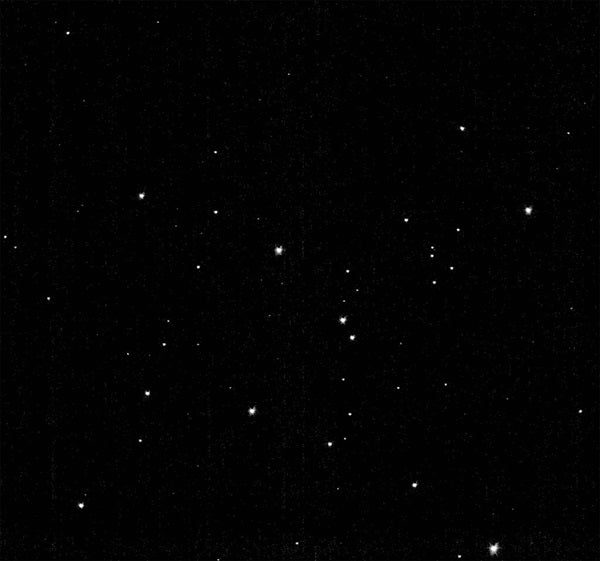Launched earlier this year, NASA’s New Horizons is scheduled to encounter Pluto in July 2015. With a long way to go, the spacecraft’s Long Range Reconnaissance Imager (LORRI) opened its eye on August 29 and captured its first picture in space: M7, an open cluster in the constellation Scorpius. And the New Horizons team couldn’t be happier.
“Our hope was that LORRI’s first image would prove not only that the cover had opened completely, but that LORRI was capable of providing the required high-resolution imaging of Pluto and Charon,” explains Andy Cheng, LORRI’s Principal Investigator. “Our hopes were not only met, but exceeded.”
The imager is an 8.2-inch reflector and panchromatic high-magnification camera system aboard New Horizons. LORRI will obtain the highest-resolution images of Pluto and its moons during its flyby in summer 2015. With this successful exercise, all seven of New Horizons’ instruments have worked properly in space and provided quality data.
“LORRI is our eagle eyes on New Horizons, providing the most detailed images we have,” says New Horizons Principal Investigator Alan Stern. “This week’s virtuoso first-light performance by LORRI is the best news any Pluto fan could hope for.”
LORRI’s next big photo shoot will be in February 2007 with the jovian system. New Horizons will pass within 1.4 million miles (2.27 million kilometers) of Jupiter, receiving a gravity assist toward Pluto. While there, the New Horizons team will point LORRI toward Jupiter and its moons.










